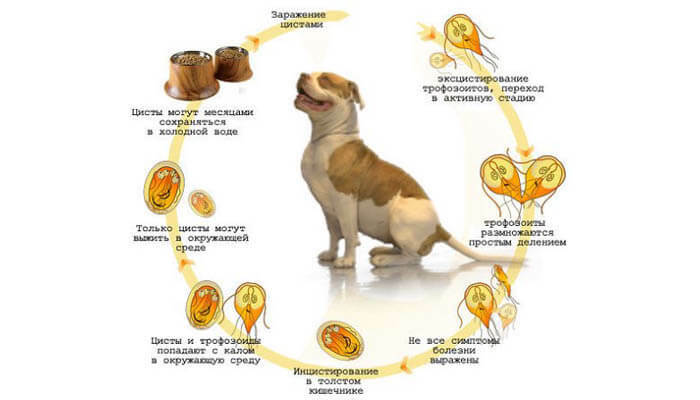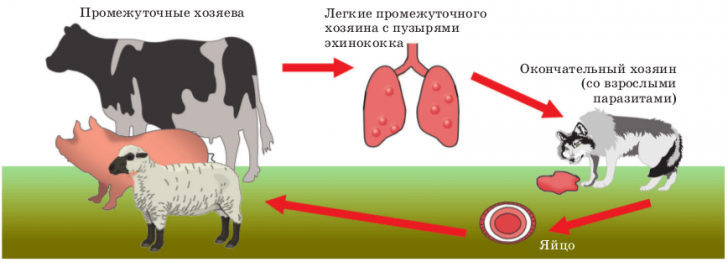Symptoms of Lyme disease
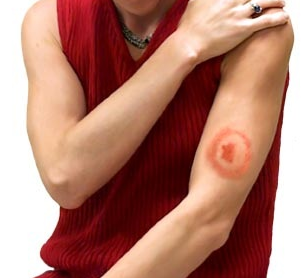
Lyme disease is a transmissible disease caused by bacteria of the genus Borrelia.It is difficult to give an exhaustive answer about the prevalence of the disease.Lyme disease in medical literature is called a "great imitator."This name is due to the fact that the disease is accompanied by a polymorphism of symptoms, and patients turn to a dermatologist, neuropathologist, rheumatologist and rarely go to the infectious diseases room.
Lyme disease is registered in Europe, North America, Asia, Australia.There is a tendency to increase the incidence in the territory of Russia and Ukraine.The susceptibility to Borrelia in humans is high.So, Lyme's disease became known to such famous personalities as Ben Stiller, Christy Turlington, Richard Gere, Avril Lavigne, Ashley Olsen.
Table of contents:Reasons for
The causative agent of the disease is bacteria of the genus Borrelia( B.burgdorferi, B. afzelii, garinii) belonging to the family Spirochaetaceae.The bearer of Borrelia is the Ixodes ticks( I.ricinus, I.pacificus, I.damini).The infected tick is contagious at any active stage of its life cycle: at the stage of the larva, the nymph or the sexually mature specimen.
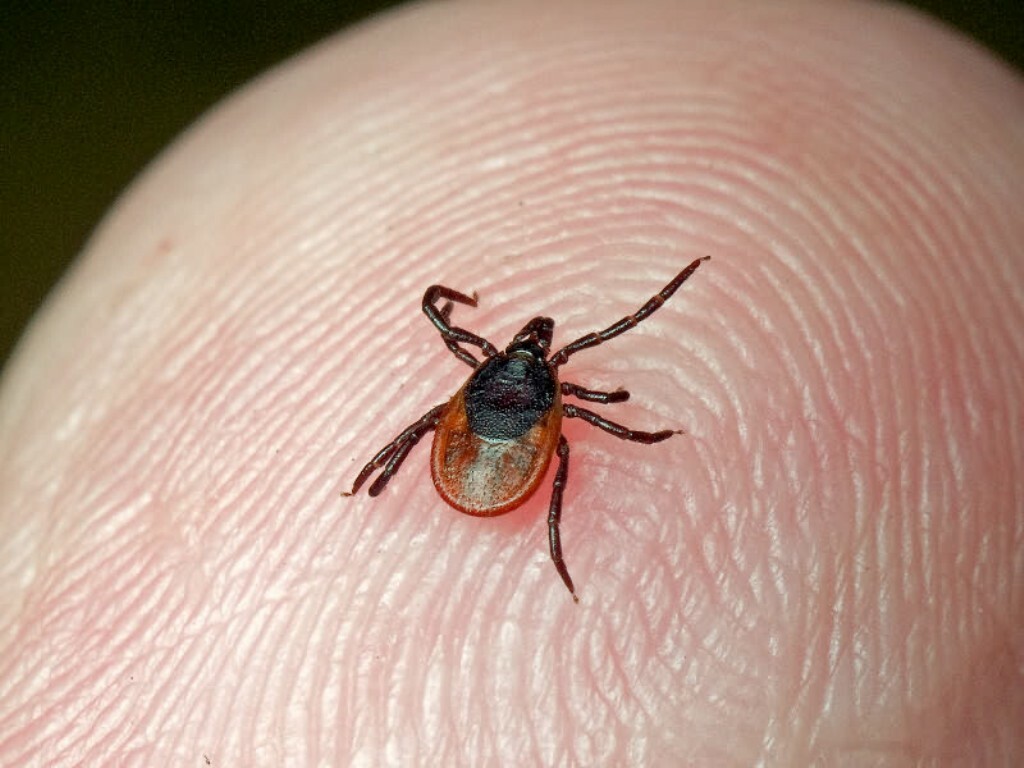
A person becomes infected by borrelia through a bite with an infected tick when the wound gets on the skin of the arthropod.There is also a contaminating transfer mechanism, when during the scratching of the skin a person rubs the contents of the squashed mite into the wound.In addition, in medical practice, precedents of transmission of infection from mother to child through the placenta are described.
The rise in the incidence of Lyme disease is observed in the spring-autumn period, which, of course, is due to the high activity of mites during this season.Ixodid mites live in forests, forest-parked urban areas.
Symptoms of Lyme disease
The incubation period on average is one to two weeks, but it can increase even up to a year.In the clinical picture of Lyme disease, it is customary to distinguish three stages.But it is worth noting that not all cases in an infected person develop all three stages.Thus, in some patients the disease ends in the first stage, in others it becomes pronounced only in the third stage.
Symptoms of the first stage
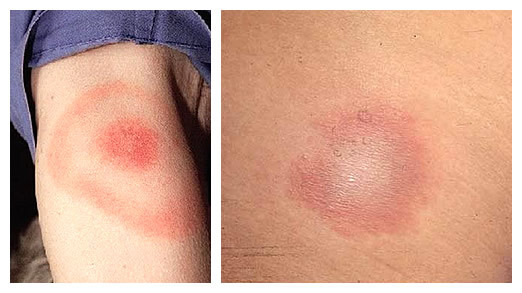 A papule appears at the site of the tick bite( nodule).Gradually, the reddening area expands around the periphery.The edges of the erythema are intensely red, somewhat rising above the skin.In the center of the erythema, the skin is paler.The stain resembles a ring in appearance, which is why it was called migratory ring-shaped erythema.This symptom occurs in approximately 60-80% of infected people.
A papule appears at the site of the tick bite( nodule).Gradually, the reddening area expands around the periphery.The edges of the erythema are intensely red, somewhat rising above the skin.In the center of the erythema, the skin is paler.The stain resembles a ring in appearance, which is why it was called migratory ring-shaped erythema.This symptom occurs in approximately 60-80% of infected people.
Dimensions of erythema are 10-50 cm in diameter. Often erythema is localized on the lower limbs, abdomen, waist, neck, axilla and groin.Skin in the area of erythema is warmer in comparison with healthy areas of skin.Sometimes there is itching, burning in the bite.The spot persists for several days, then gradually fades, leaving pigmentation and peeling.
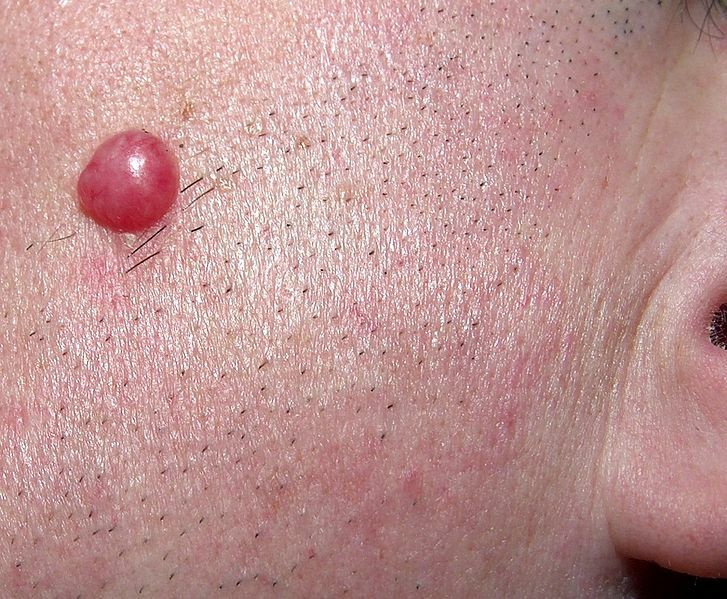 In some patients, a benign lymphocytoma appears - a moderately painful red compaction on the swollen skin.Most often, the lymphocytoma is localized in the ear lobes, nipples, face, genitals.
In some patients, a benign lymphocytoma appears - a moderately painful red compaction on the swollen skin.Most often, the lymphocytoma is localized in the ear lobes, nipples, face, genitals.
Borrelia from the primary site of the lesion spread through the lymphatic vessels to the regional lymph nodes.So, lymphadenopathy can be observed.
In addition, an infected person can complain about weakness, muscle and headaches, fever.
The duration of the first stage varies from three to thirty days.The outcome of this stage can be either recovery( with the timely initiation of therapy), or transition to a subsequent stage.
Symptoms of the second stage
Borrelia are disseminated into organs and tissues.Thus, secondary erythema, a roseous or papular rash, new lymphocytomas can form on the skin.
Generalization of the infectious process is accompanied by headache, muscle pain, nausea( less often vomiting), in some cases, fever.
For this stage, the following syndromes are characteristic:
- Meningeal;
- Neurological;
- Cardiological.
More often the signs of the second stage arise on the fourth-fifth week and persist for several months.
Meningeal syndrome is a consequence of serous meningitis.This condition is characterized by fever, severe headache, pain when looking up, vomiting that does not bring relief, sensitivity to light, sound stimuli.
Nasal stiffness and other typical meningeal signs are recorded.
Also, a person can develop encephalitis or encephalomyelitis, proceeding with paraparesis or tetraparesis.Neuritis of the cranial nerves, more often of the auditory and oculomotor nerves, is possible.
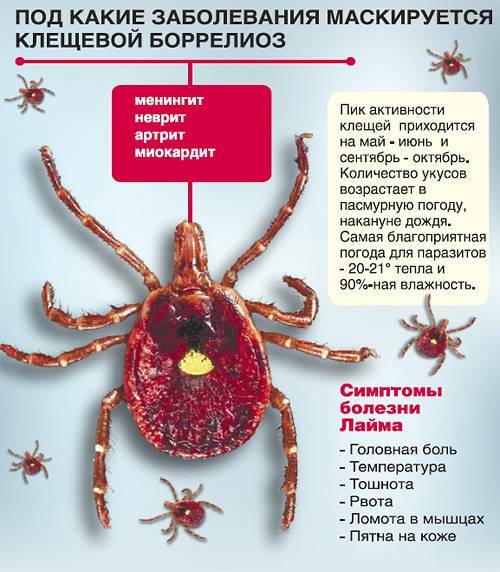
Patients may have sleep disorders, emotional lability, anxiety, short-term vision and hearing impairment.
Lyme disease is characterized by lymphocytic meningoradiculoneuritis of Bannavart characterized by development of cervicothoracic radiculitis, meningitis with lymphocytic pleocytosis.
Cardiac syndrome is often formed on the fifth week of the disease and manifests itself as a violation of atrioventricular conduction, slowing or increasing heart rate, signs of myocarditis or pericarditis.It is worth noting that the defeat of the heart is noted less often than the nervous system.In addition, conjunctivitis, iritis, tonsillitis, pharyngitis, bronchitis, hepatitis, splenitis can be observed.
At this stage of the disease, patients can observe joint, muscle pains, but there are no signs of inflammation in the joints yet.Symptoms of the second stage of Lyme disease can occur without previous ring-shaped erythema, which greatly complicates the diagnosis of the disease.Symptoms of the third stage
Symptoms of this stage appear rather late: after a few months, and sometimes even years after infection.
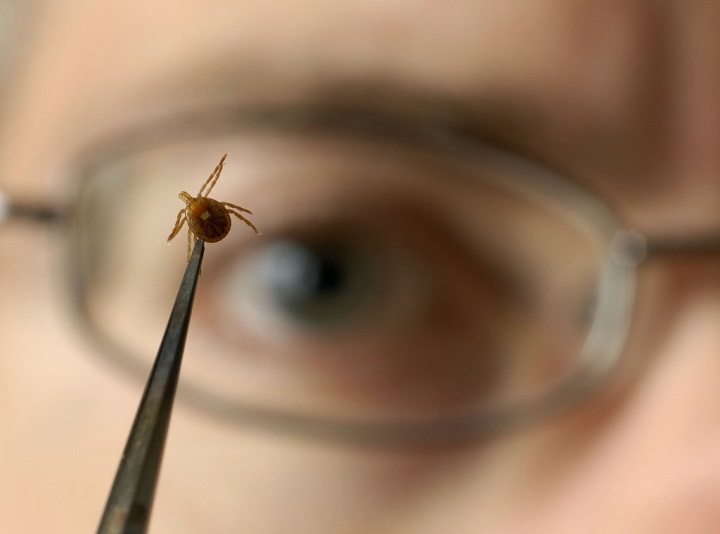
The most common lesions are joints( in 60% of patients), skin, heart and nervous system. In Lyme disease, mainly large joints( elbows, knees) are affected.Affected joints are edematous and painful, there is a restriction of movements.Characteristic symmetry of joint damage, the process has a recurring character.A prolonged inflammatory process in joints and cartilage leads to destructive changes in them.
Chronic neurological lesions occur as:
- Encephalitis;
- Polyneuropathies;
- Dementia;
- Ataxia;
- Memory disorders.
Skin manifestations are characterized by the development of acrodermatitis.This skin atrophy with local hyperpigmentation, often the process is localized on the limbs.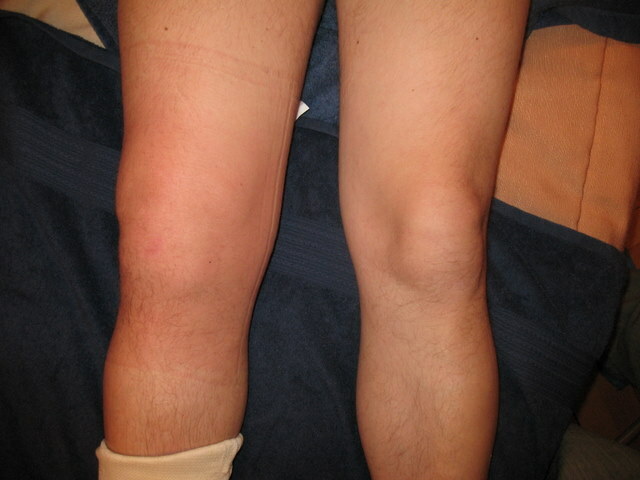
Diagnosis
Diagnosis of Lyme Disease is based on epidemic history( visit to the forest, tick bite), and clinical picture.It is worth noting that many people do not even notice the tick bite at the time.
Specific diagnosis is performed to confirm Lyme disease.For example, such serological methods as ELISA and ELISA allow the detection of specific IgG and IgM antibodies in the blood.But in the first stage, in about half the cases, the serological test is not informative.That's why you should study paired sera with an interval of twenty to thirty days.
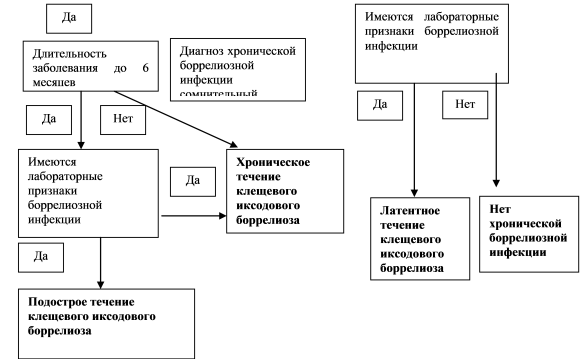
With the help of PCR, laboratory doctors can detect Borrelia DNA in a biopsy of the skin, spinal and synovial fluids, blood.PCR allows to avoid false results.
Treatment
In the treatment of patients with Lyme disease, etiotropic and pathogenetic therapy is used.It is also important to consider the stage of the disease.
Etiotropic treatment is carried out using a variety of antibiotics.Thus, in the first stage of the disease, in the presence of erythema and without affecting the internal organs, tetracyclines, aminopenicillins, are orally administered.Antibacterial therapy, begun in the first stage of the disease, will prevent further progression of Lyme disease.
When the internal organs are damaged, patients are prescribed parenteral penicillins and cephalosporins( second to third generation).In the chronic form of infection, third-generation cephalosporins and penicillins are prescribed.
Pathogenetic therapy is based on the existing concomitant lesions of internal organs.So, with the defeat of the heart, with violations that are not eliminated by taking antibiotics, prolonged meningitis, meningoencephalitis, appoint corticosteroids.In arthritis, corticosteroids are prescribed not only intramuscularly or orally, but also intra-articularly.With monoarthritis and no effect of drug treatment, synovectomy is indicated.
With high fever, severe intoxication, detoxification agents are administered parenterally.
Prevention
When visiting a forest area( park area), general prevention is reduced to the use of repellents, wearing clothing that closes the body as much as possible.In the case of a tick bite, immediately contact the clinic where it will be correctly extracted, inspect the site of the bite and provide further monitoring of the health.If a person is often in his own summer cottage, it will not be superfluous to produce acaricidal measures.After walking with a dog, you should carefully inspect the pet for the presence of a tick on the body.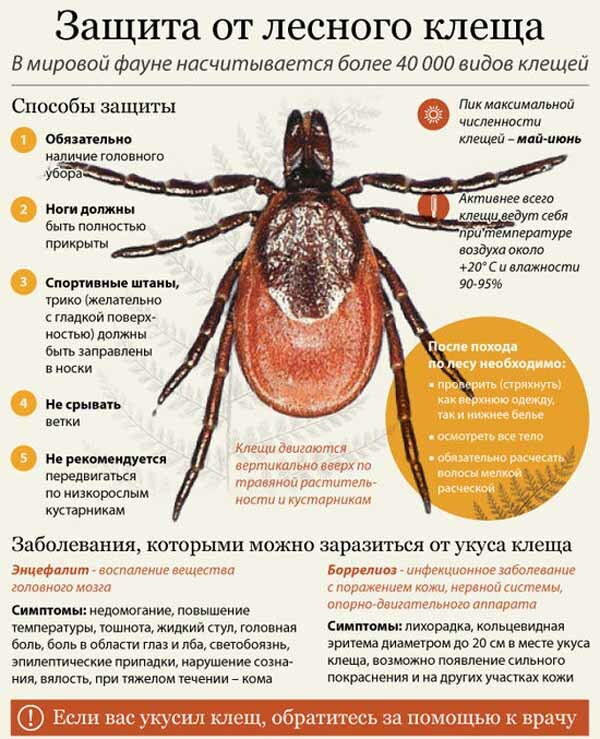
After a tick bite in an endemic region, antibiotics of prolonged action are prescribed as an emergency prophylaxis( for example, bicillin-5 once intramuscularly at a dosage of 1500 thousand units).
Grigorova Valeria, medical reviewer




